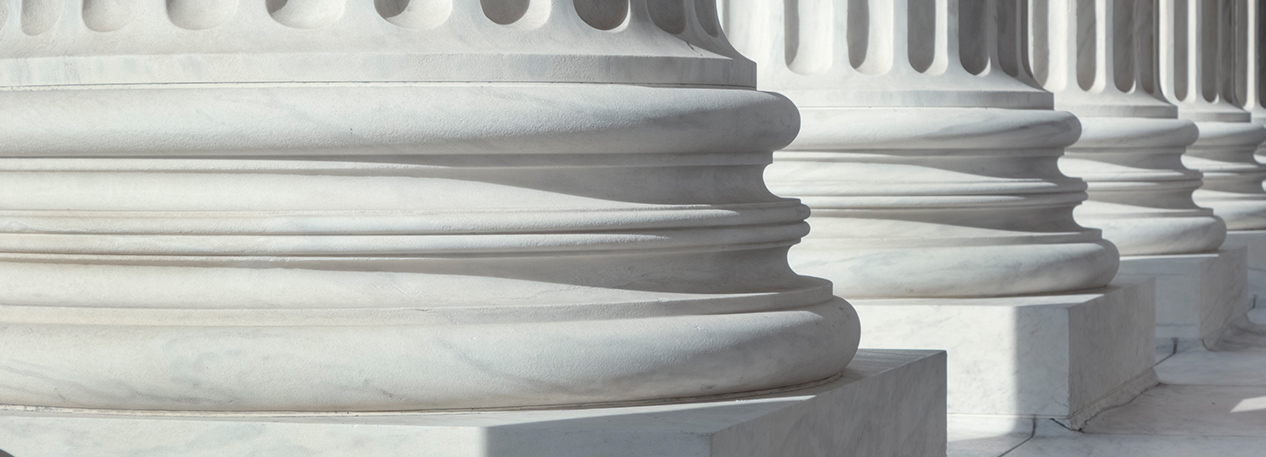Before that time, economists looked for “economic laws” that would explain the connection between one set of economic aggregates and another, without considering the decisions of individual households. Although the process of connecting macroeconomic aggregates to individuals’ behavior is far from complete, predictions of aggregate consumer spending are now rooted in predictions of individual behavior. In this article, Satyajit Chatterjee takes readers through a brief historical survey from the early work on the consumption function to the theory of aggregate consumer spending in modern macroeconomic models.
This article appeared in the First Quarter 2009 edition of Business Review.
View the Full Article
